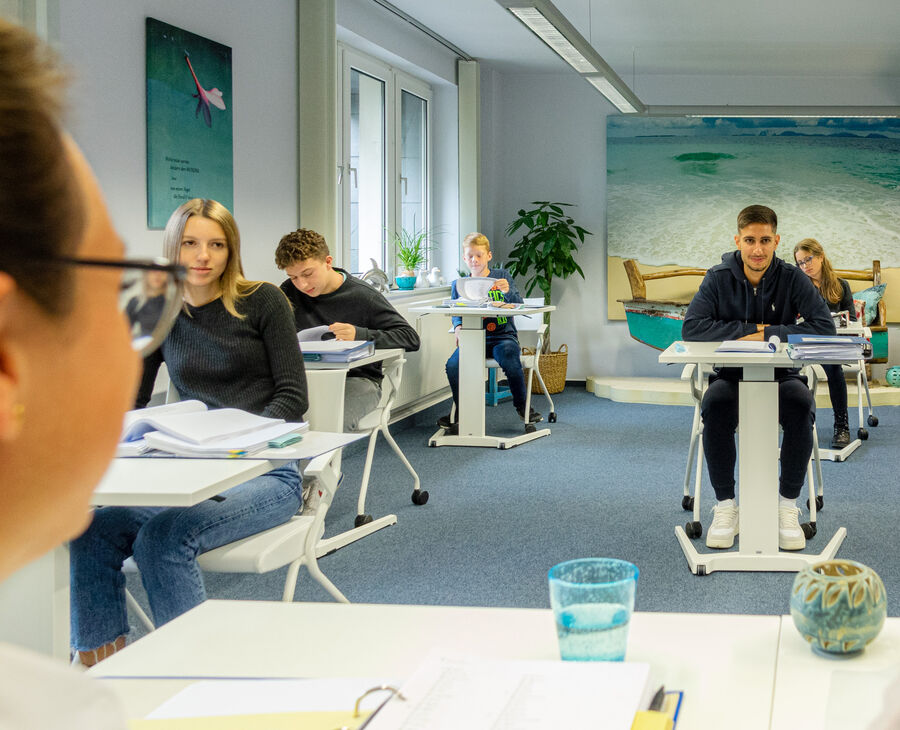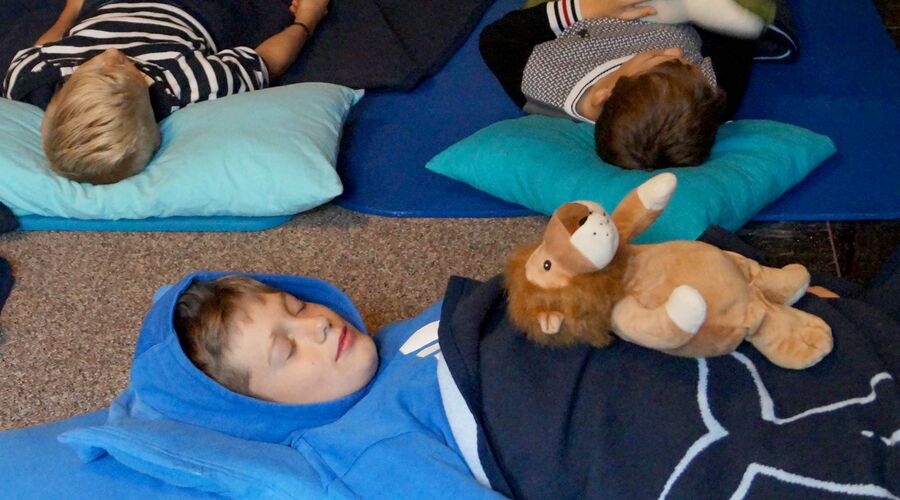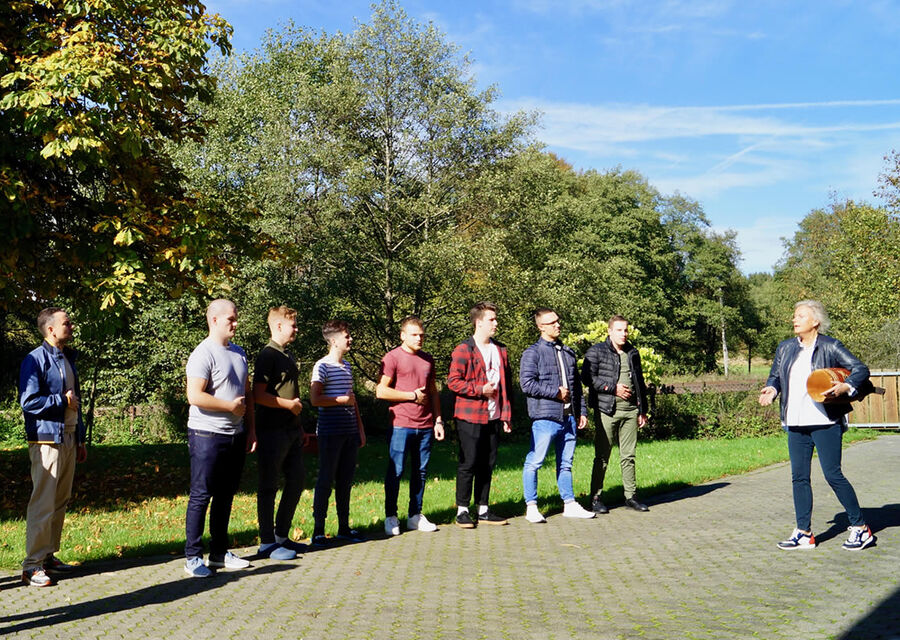The affected learn a new way of speaking, by which the movements in the mimic and physical area are no longer present. The blockades are prevented by the unblocking impulse and the nasal vibration accent. The reorganization of speech leads into the subconscious and is automated to an own speech.
Through the integration of the temporary way of speaking in all situations, a systematic dismantling of the deblocking measures takes place and with it a dismantling of the psychosocial stress factors. Thus the way of speaking flattens out a few months after the intensive phase and leads in an individual time frame to symptom-free speaking, for which no more speaking technique has to be used. At the same time, speech fears are systematically reduced and the stress level, which is too high for stutterers, decreases constantly, increasing self-confidence and self-confidence.
The unblocking impulses are a bridge from stuttering to "normal" speech, provided that all the necessary exercises and everyday integrations are carried out with the support of the guided caregivers.




